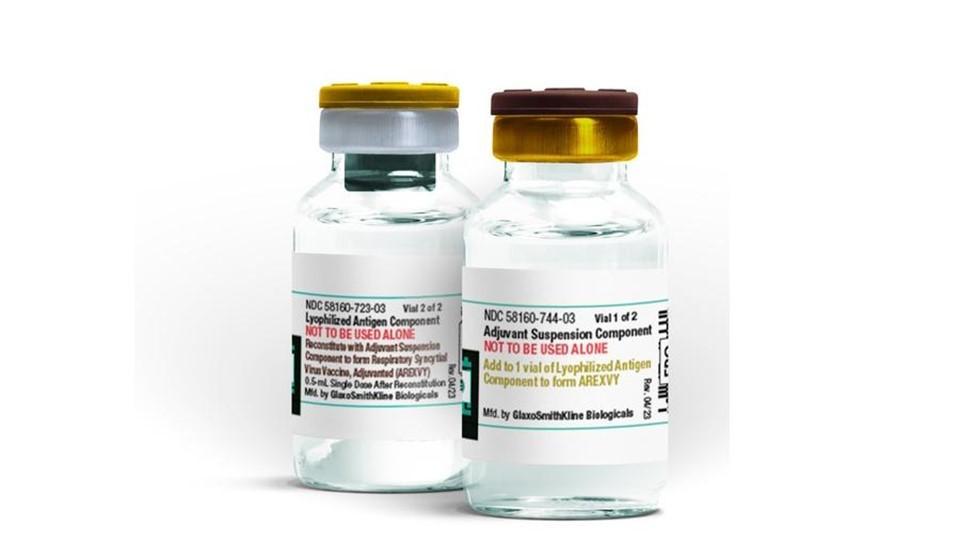Medtech: five trends for the future

Start-ups and corporations are increasingly partnering to develop innovative solutions in healthcare. How are they likely to transform mHealth?
Innovation is propelling significant changes throughout the health sector, and is set to transform mHealth in the next few years. It was recently announced that UK health services will partner with medtech companies as far afield as Singapore and Israel, paving the way for the biggest wave of development yet.
The medical devices and technology market will reach $500 billion in sales in just three years, according to EvaluateMedTech. Therefore, it is no wonder that both corporates and start-ups are viewing medtech as a lucrative industry that can help the sector evolve and change quality of life.
However, a few challenges exist: medtech products usually face long development cycles, and are more likely to rely on corporate backing. Among the biggest concerns for corporations prior to stepping into strategic agreements with medtech start-ups are around regulation, feasibility and healthcare commercialisation that lengthen the process of scalability. However, this hasn’t stopped successful interactions between venture and corporate stakeholders.
Trends in medtech
- Consumer-focused decentralisation

The health industry has gone through three eras of evolution: first, the era when surgeries and integrated delivery networks (IDNs) were the target customers, followed by the era when payers and insurance companies were the target audience. We’re now in the third wave – the consumer era.
The rise of technology has put people at the forefront and in control of their health, with online shopping and the latest healthcare gadgets and apps at their fingertips. Patient empowerment is dictating future innovation.
The main reason behind this is not only the influence of commercialised technology, but also the transformation of cultural mindsets. Technology is an innovator, not the root cause. Millennials have been exposed to awareness campaigns and worldwide disasters that have increased their propensity to take ownership of their own physical and mental healthcare needs.
Wearable sensors are pushing companies to develop even more powerful technologies. While professional clinicians will remain the operators and curators of healthcare requirements, companies are increasingly engaging directly with patients, compelling faster innovation.
- Making the most of big data

Tremendous amounts of information are generated and aggregated within healthcare services. A big part of the future of medtech development will depend upon the analysis of big data and health records. Personal health record (PHR) vendors and developers of modern health technology are expected to invest in innovation to take advantage of all this data.
Using artificial intelligence (AI) and machine learning techniques, we can now analyse data and identify patterns, but access to that data is still sensitive and complicated. All this data from clinical and non-clinical sources will need to be protected as it is being shared across platforms. To satisfy this need for privacy and security, new technology, such as blockchain distributed ledger technologies, is finding its way into healthcare.
- Regulation is here to stay

The advent of companies connecting their devices to mobile apps and the cloud will rightly necessitate greater consideration and discussion of cyber security risks.
Specifically, EU regulators are working on an overarching standard to replace existing medical device directives, which have been in place since the 1990s. If anything, regulation will get even more complex in 2018, with the General Data Protection Regulation (GDPR) restricting access further. While this is a necessary requirement for sensitive healthcare data, it needs to be simplified or unified by industry bodies.
With further regulation imminent, start-ups will be vital in introducing simplified, value-driven data processing.
- The customer journey

Alongside the emphasis placed on providing better patient care to alleviate pressures on healthcare staff and improve customer journeys, companies are investing to create single patient database folders that can be accessed by multiple clinicians across various devices in real time. While this trend is not capital intensive, 2018 will see the use of accessible and collaborative technology to carry out modifications.
- Special delivery

The next phase of pharma development will increase efficiency; huge strides have been made in pharma in the past few years, with R&D looking to deliver better products and expand on targeted treatments.
Conclusion
mHealth is greatly affected by technology-driven innovation that has the potential to transform everyday lives. To do so, corporations must develop and identify partnerships with medtech start-ups that appreciate their capabilities as key players in the industry, so they can tackle the many challenges that lie ahead together.
About the author:
Antoine Baschiera is the CEO of Early Metrics, which rates start-ups and innovative SMEs. A former engineer and financial analyst at PwC and L’Oréal, Antoine launched Early Metrics to bring more clarity to an increasingly complex start-up ecosystem.











